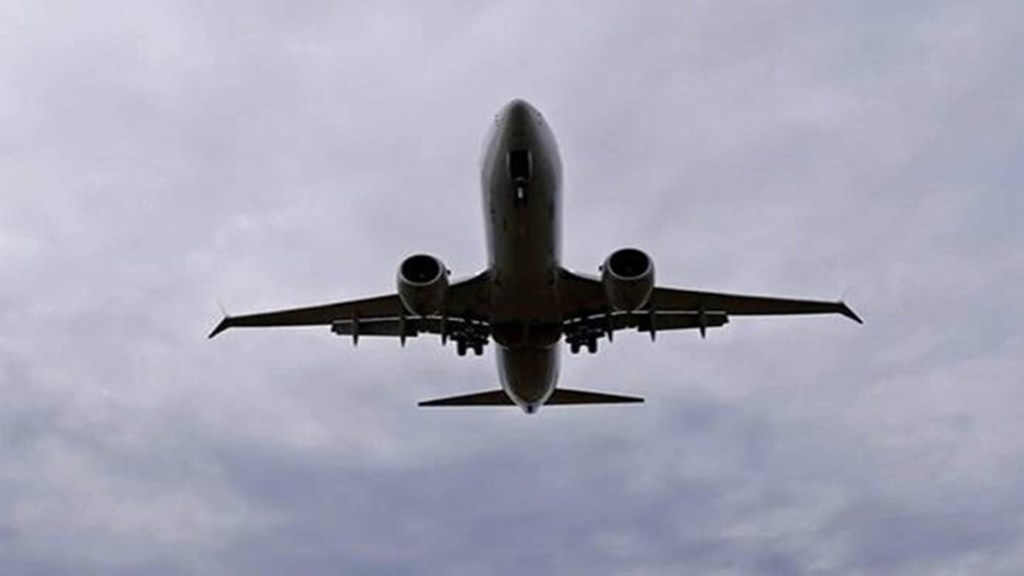India and New Zealand have solidified their commitment to enhance cooperation in the realm of civil aviation through the signing of a Memorandum of Understanding (MoU). The official statement released on Tuesday detailed the provisions of this pivotal agreement, encompassing the scheduling of new air routes, codeshare services, traffic rights, and capacity entitlements.
What does New Zealand gain out of this partnership?
According to the MoU, New Zealand‘s designated airline(s) gain the flexibility to operate an unrestricted number of services employing various aircraft types. Furthermore, they secure third and fourth freedom traffic rights for travel to and from six key Indian cities: New Delhi, Mumbai, Bengaluru, Chennai, Hyderabad, and Kolkata.
This significant development builds upon the foundation established when India and New Zealand inked the Air Services Agreement on May 1, 2016. The governments of both nations have undertaken a comprehensive review of their existing air service arrangements, with the expectation that this initial pact will further deepen bilateral ties in civil aviation.
The MoU was formally signed by Rajiv Bansal, the civil aviation secretary, and David Pine, the High Commissioner of New Zealand. Notably, the signing ceremony featured the presence of Jyotiraditya Scindia, the Minister of Civil Aviation from India, and his New Zealand counterpart, the Minister for Trade Growth, Agriculture, Biosecurity, Land Information, and Rural Communities, O’Connor.
Scindia expressed his optimism about the agreement, stating, “We have signed an MoU that has opened the possibilities of furthering air transport between our two countries.” He underscored the adoption of an open sky policy, the expansion of designated points of call, and the addition of intermediate points to bolster connectivity.
How does India benefit?
Under the terms of the agreement, India’s designated airlines also gain extensive rights. They can operate an unrestricted number of services with diverse aircraft types, securing third and fourth freedom traffic rights for routes to and from Auckland, Wellington, Christchurch, and three additional destinations in New Zealand, as designated by the Indian Government.
The MoU additionally permits the designated airlines of both India and New Zealand to operate all-cargo services with diverse aircraft types. These services enjoy third, fourth, and fifth freedom traffic rights for routes traveling through any intermediate points and extending to any beyond points, irrespective of the points originally specified in the route schedule. This multifaceted agreement is poised to reshape the landscape of civil aviation cooperation between India and New Zealand.
(With PTI Inputs)

